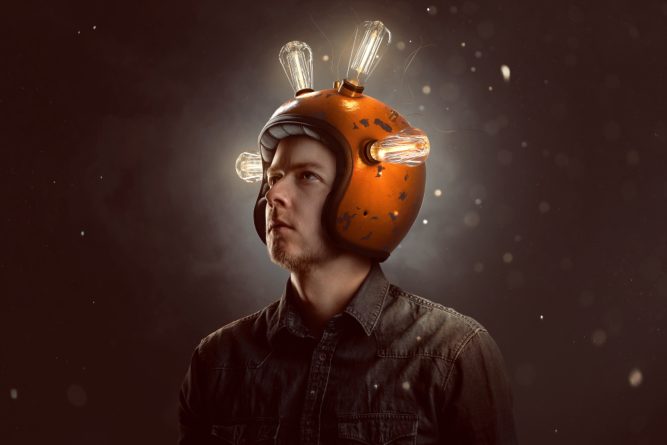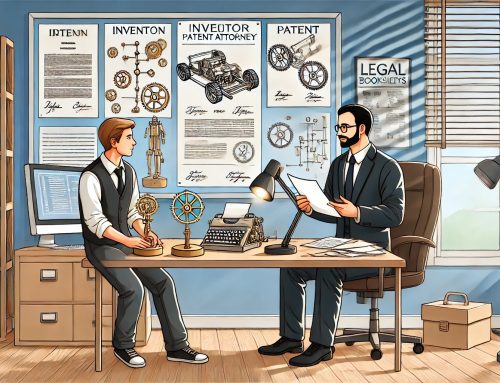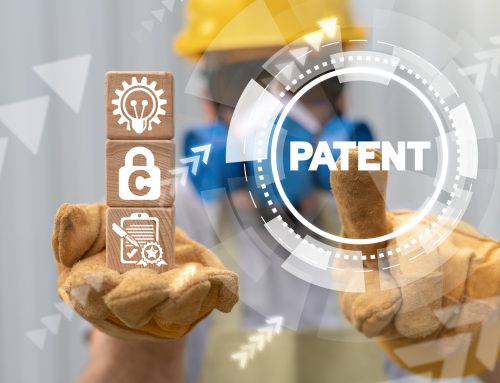In virtually all cases, there are three main requirements to determine whether an invention is patentable. The three requirements are:
Secondary Factors of Nonobviousness
In many cases, arguing secondary considerations will allow you to overcome rejections based on obviousness. Some of the secondary factors include:
The public interest is another factor that may influence the patentability of an invention. If the patent office believes that the invention may be harmful to public health or safety, it may refuse to grant a patent.
Prior Use: If the invention has been in public use or for sale for more than a year prior to the filing of the patent application, it may not be patentable.
International Treaties: International treaties and agreements may have an impact on patentability. The TRIPS agreement, for example, establishes minimum standards for patentability that member countries must meet.
Genetic Material: Genetic material and processes for modifying genetic material are not considered patentable subject matter in some countries.
Plant Varieties: Some countries have special rules regarding plant variety patentability. Plant patents or plant variety protection certificates, for example, can protect plant varieties in the United States.
Method of Treatment: In some countries, medical treatment methods are not patentable.
Business Methods and Software: Business methods and software may be patentable in some countries but not in others.
Non-Functional Elements: Non-functional elements, such as decorative elements, may not be patentable.
Disclosure: The invention must be disclosed in such a way that someone skilled in the relevant field can understand and reproduce it.
Exclusions: Certain subject matter, such as inventions that violate public policy or morality, may be excluded from patentability. Methods of cloning or genetically modifying human embryos, for example, are not considered patentable subject matter in some countries.

The Basics of Patentability:
The ability of an invention to be granted a patent by the patent office is referred to as patentability. An invention is patentable in general if it meets the legal requirements for patentability, which include novelty, non-obviousness, and usefulness. However, determining whether an invention is patentable can be a complicated and nuanced process, with many factors to consider. In this article, we will look at the various factors that influence whether an invention is patentable.
Novelty:
The requirement of novelty is one of the primary requirements for patentability. This means that the invention must be novel and not have been disclosed previously in the prior art. Prior art includes all information available to the public prior to the invention date, such as previous patents, publications, and public knowledge. An invention disclosed in the prior art is not considered novel and therefore cannot be patented.
Non-Obviousness:
Non-obviousness is another important requirement for patentability. This means that the invention must be obscure to someone with ordinary skill in the art. In other words, if the invention is something that anyone in the relevant field could have easily invented, it is not considered non-obvious and thus cannot be patented. Non-obviousness is frequently the most difficult requirement to meet because it necessitates a subjective assessment of the inventive step of the invention.
Usefulness:
An invention must be useful in addition to being novel and non-obvious in order to be patentable. The term “usefulness” refers to the invention’s practical application or utility. It must be more than a theoretical concept or idea. Most inventions are created with a specific purpose in mind, so meeting the usefulness requirement is generally not difficult.
The following is the subject matter:
The subject matter of the invention is another factor that determines whether an invention is patentable. In general, the subject matter should be patent-eligible. Natural laws, natural phenomena, and abstract ideas, for example, are not patentable. There are some exceptions to this rule, such as when a natural law is applied in a specific and useful way.
Statutory Restrictions:
There are some statutory limitations that may prevent an invention from being patentable. For example, if the invention was published or publicly disclosed more than one year prior to the filing of the patent application, it is no longer patentable. Similarly, if the inventor used or sold the invention publicly before filing the patent application, it may be barred from receiving a patent.
Contact a Tucker Law Patent Attorney
If you have any questions, contact a patent attorney with Tucker Law today. With an office conveniently located in Fort Lauderdale, Tucker Law services clients throughout South Florida, including West Palm Beach, Broward, Fort Lauderdale, and Miami-Dade. Call the Firm toll-free at 1-800-TUCKERWINS or or send us an email through the Firm’s website. A firm attorney will contact you for a free consultation.
Let Tucker Law help determine whether your invention is patentable. In order for an invention to be considered patentable, it must be novel, non-obvious, and useful. It also must be fully and clearly described in the patent application. Additionally, it should not be a naturally occurring phenomenon or a law of nature, and cannot be a purely abstract idea. It is important to note that the patentability of an invention is determined by the relevant patent office, and that the process of obtaining a patent can be complex and time-consuming. Contact us today at 1-800-TUCKERWINS!







